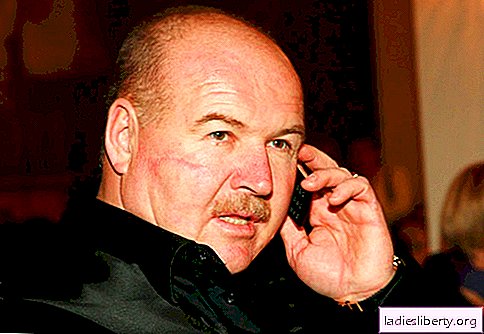
A variety of fears affect not only children, but also adults. But most adult fears stem from unsolved problems and fears in childhood. The task of each family is to support the child in time, if he has a fear of something, determine the cause of this fear and stop the problem in the bud.
Fathers and mothers react differently to the emergence of fears in a child.
Women are more likely to take their child’s fear seriously and start actively fighting it.
Men have a slightly different way: their efforts are more focused on a specific action, they tend to laugh more at the situation, and to some extent this is more correct.
Different fears correspond to different children's ages, and one needs to approach their elimination in different ways.
Types of Children's Fears
Under the age of 12 months the child is not yet able to experience real fear, the main ones at this age are anxiety and anxiety. At an early age, the baby copies the mother’s reaction to a particular incident, at a later age, he begins to fear other people's adults, is afraid to remain without a mother
After a year and up to three years the fear of contact with other people's adults disappears, but there may be a fear of doctors in white coats, since a visit to them often means unpleasant procedures. Also, at this age, fear of punishment from adults, fear of various animals
Closer to seven years the baby begins to be afraid of fairy-tale characters, darkness, heights and pain, and after seven years - death. All these fears are part of growing up, pass over time, and do not require special medical intervention.
Intrusive fears, neuroses, complicating the life of a baby, belong to a completely different category. Here you can’t do without the support of a doctor.
How to fight
In order to combat childhood fear, you need to find out if fear is a repetition of parental fears. For example, if a dog was bitten by a father in childhood, he will instinctively protect the child when he encounters dogs in the yard, and the baby will perceive and copy his fear at the subconscious level. Very often, parents themselves provoke childish fear by over-tending the baby.
If the baby is afraid of something, let him try to embody his fear on paper, and then come up with a way to "deal" with him - trample it, build a toy prison for him or destroy the image in some other way.
Also, role-playing a frightening situation in the form of a game, where the toys play the roles of frightening creatures and victims of fear, is a good way.











